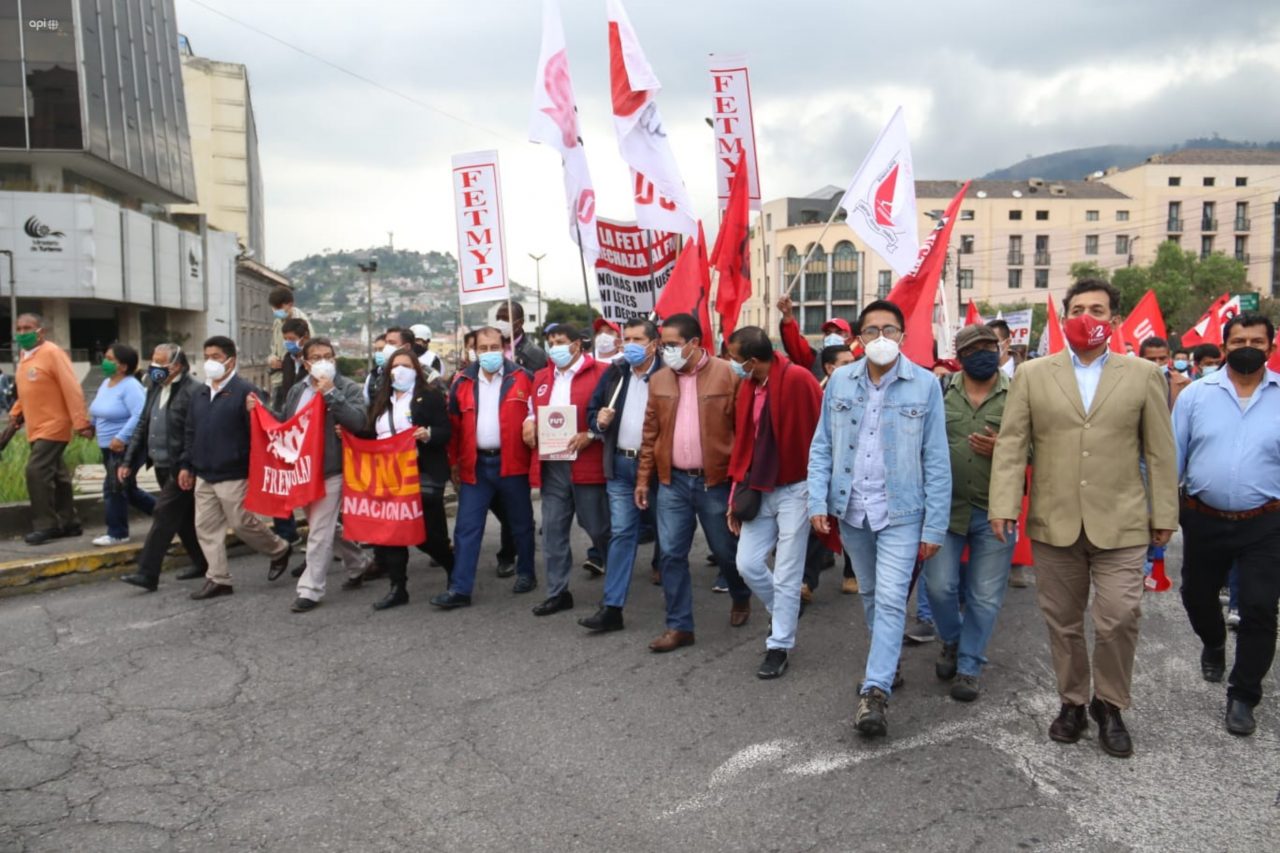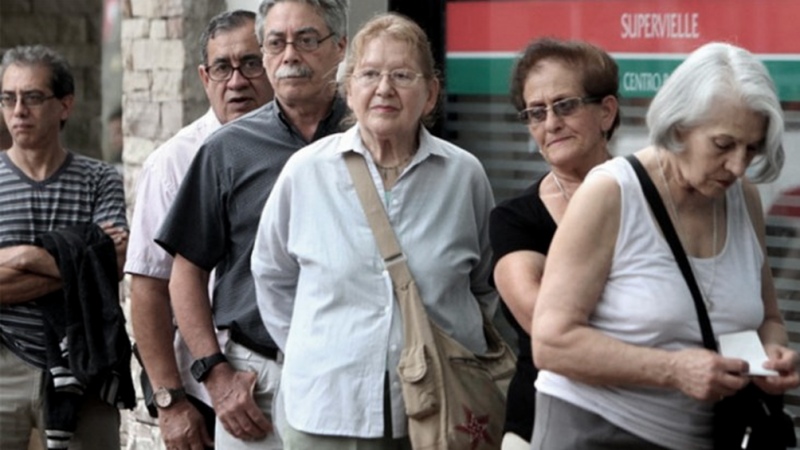The shutdowns stall efforts to combat social problems linked to health and education.
Ecuador faces different challenges in the context of crisis: “Reduce levels of poverty, inequality and, in the long term, get out of the traps of middle income,” says sociologist Maribel Aguirre.
For her, the continuous Frelations between the Government, the Assembly and the Social Organizations they have a direct impact on the work done in other sectors, such as health or education.
The lack of agreements demonstrates a inefficiency on the solution, from the Government. But also that there are social needs that are ignored by the ruling class and the cultural, economic and social sectors.
“The debate has focused on the economic impact, but leaves aside other troublesome that also have to do with the economy. If the protesters do not open a dialogue, the government will have the excuse of saying that there were neglected sectors because the first thing is the stability state, ”says Aguirre.
That is why it is necessary to avoid reaching the moment when the demonstrations neglect the needs of the protesters.
On Ecuador There are issues that require priority attention and that do not show a specific plan to address them.
Shortage in hospitals
By declaring the country’s hospitals in emergency, the Ministry of Health sought to obtain 123 types of essential drugs so that patients with serious conditions do not die.
However, only 42 types were purchased. On a national scale, there are hospitals with up to 52% of shortage from drugs and supplies, this, according to Víctor Álvarez, president of the College of Physicians of Pichincha, has meant that the surgeries cannot be resumed.
Currently, there are 10,000 types of dammed surgeries.
The Minister of Health, Ximena Garzon, indicated that it will gradually supply the hospitals, but the Ecuadorian Medical Federation says that the problems go further because a change of hospital managers and administrators is required, these requests, says Santiago Carrasco, president of the Federation, have not been heard .
Teenage pregnancy
According to the INEC, 1,631 births were registered in girls between the ages of 10 and 14 during 2020. The pregnancy Teen it is still a reality in the country. Sybel Martínez, vice president of the Council for the Protection of Rights of Quito, says that it is necessary to establish public policies by the State, in order to prevent these situations.
Ecuador is the second country in the region with the highest pregnancy rate teenagers. This causes poverty to increase because women who experience pregnancies teenagers are forced to leave their studies.
For Aguirre, the teenage pregnancy it costs Ecuador more than $ 270 million annually. “Since we see that the interests point to economic stability, since having a comprehensive project for girls and adolescents also represents an investment,” he says.
According to the representative of the United Nations Children’s Fund (Unicef), Joaquín González, in 2018, in Ecuador 6 girls between the ages of 10 and 14 gave birth every day. In addition, there were 154 deaths, due to maternal death, among them, three of girls between 10 and 14 years old, and 16 teenagers.
And if the adolescent pregnancy figures are already “worrying”, González fears that they have worsened during confinement due to covid-19, which has forced many girls and adolescents to remain locked up with their perpetrators.
“It is a tremendous potential that is lost for the country, it is a trauma that the girls they take away, it is a risk to their own lives, ”says González.
Child labor
The Rapid Gender Analysis Survey, prepared in July 2021, reflects that the pandemic has worsened the living conditions of girls and adolescents as a result of the pandemic Covid-19.
The report details that 25% of the girls surveyed (1,238) must carry out domestic tasks or more dangerous activities such as agriculture, livestock or as recyclers of food or products.
Girls are linked to informal jobs, street vending, agriculture, etc. “The figures for child labor are high; we must reduce them because we must be protected and live without risks, ”says Emilene, from the Youth Network.
Regarding the same study, Esteban Lasso, director of World Vision Ecuador, explained that the mental health of girls and adolescents has also been seriously affected. “Mainly due to the lack of economic resources, for the situations of violence to which they have faced, due to academic stress, lack of food and isolation caused by the lockdown”. Lasso emphasizes that the State must take actions to improve their living conditions.
“By controlling popular mobilization, they are experts in stirring up feelings and thus filling the streets with flags and songs. But at the same time, as happened in October 2019, they do not mind generating losses of necessary goods and services and of fundamental freedoms ”, Maribel Aguirre, sociologist.
El embarazo adolescente le cuesta a Ecuador más de $270 millones anualmente.








